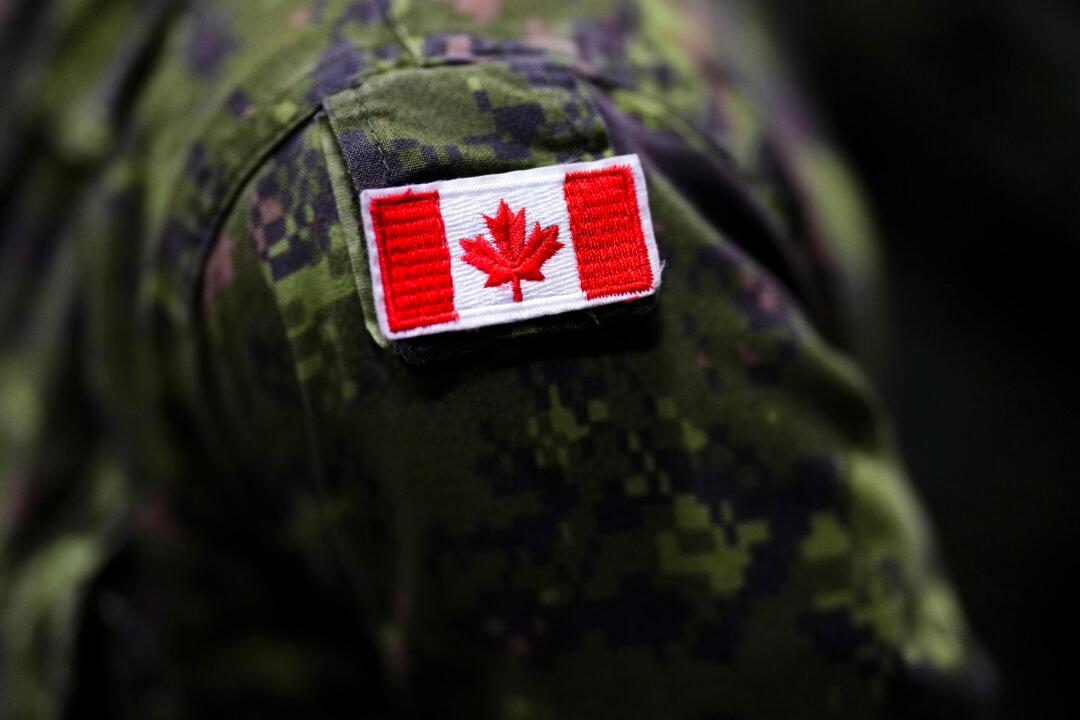This past weekend was a tragic one in the United States, with shooters in El Paso, Texas, and Dayton, Ohio, killing 31 people and injuring many others. One of the shootings was racially motivated; the other, from the information available so far, simply seemed to be out of the killer’s fascination with violence.
There may be no comparison on the scale, but Canadians had to cope with their own gun-related reality over the long weekend, with a reported 17 people injured in shootings in the Toronto area.





